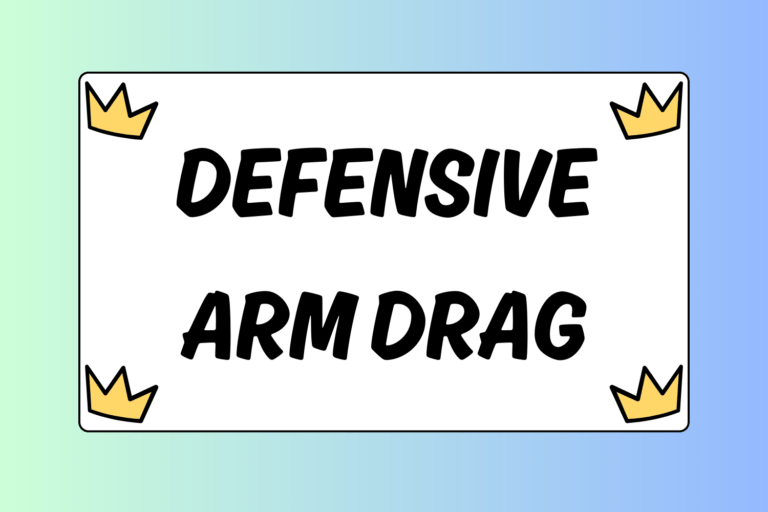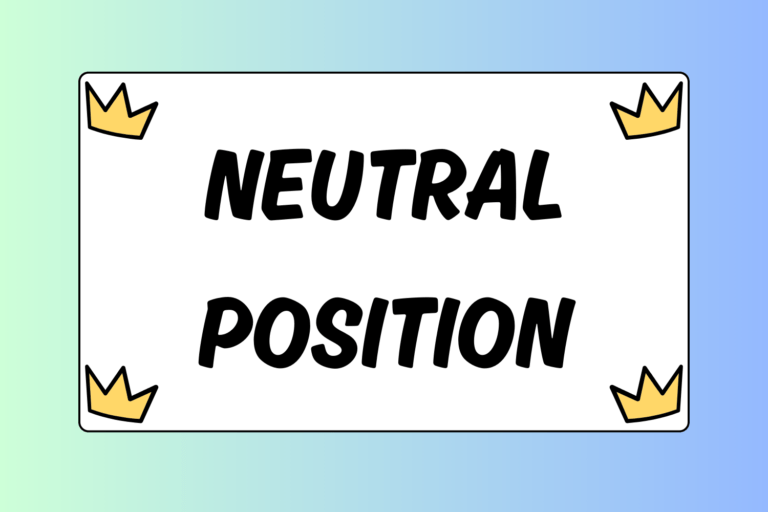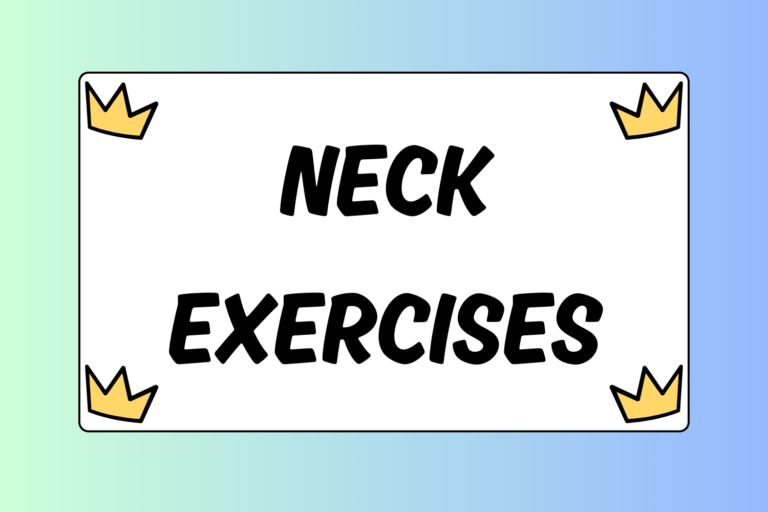Wrestling is a sport of trends: Specific techniques and strategies are popularized by one or a few wrestlers who find success with them, resulting in a wave of hungry up-and-comers that seek victory by adapting and working them into their own style. One strategy that has become very popular among lighter, quicker wrestlers in recent years is wrestling in the neutral position with a knee down on the mat.
There are several reasons why this trend has become effective, one of which is that a wrestler who starts down on one knee takes away many offensive opportunities from his opponent. This is also beneficial from an offensive standpoint, because this unorthodox position allows the wrestler to stay low and ready to attack at any time.
Going up against an individual with this type of strategy can be confusing and frustrating for a wrestler not familiar with it. Most can’t seem to figure out how to generate an offensive when the opponent is down on a knee, and defending in this position is equally as awkward.
It’s time to put the mystery behind this strategy to rest: This guide will help you understand how the one-knee position works, and describe several strategies to get a wrestler who is on one knee out of position to secure your points.
Understanding the Position
At a glance this position may seem awkward or even inefficient, but the first thing you must understand is that it’s an offensive position. Your opponent is lower than you for a reason – he wants to attack your legs. One of the biggest mistakes you can make here is to charge your opponent while still on your feet because your opponent is ready to fire off a shot at any time. Don’t give your opponent the satisfaction of getting in on your legs by rushing into him.
Another key to this position is that your opponent is making a very drastic move to keep you away from his legs. Dropping down to a knee is commonly used as a defensive strategy; this will take away the majority of possible leg attacks from any opponent. However, no one is invincible in this position, and attacking your opponent’s legs is still an option.
Don’t mirror your opponent’s position if you haven’t been working this strategy in practice. Many wrestlers that are not familiar with this position de
cide it’s safe to drop down to their knees as well. Although you are not in terrible position here, if you are not familiar with how it works, chances are your opponent is going to find a way to score on you. If you are going to work this position yourself, make sure you are drilling moves and wrestling live in this position frequently.
Now that you know the basics, there are a few ways you can attack your opponent.
Front Headlock Option
If your opponent drops down to a knee, you can expect a shot to come your way at any time. Low singles are the most common attack from this position. Remember not to rush in. Instead, ensure that you are ready defensively by down-blocking.
Before you start to close the distance on your opponent, straighten your arm out and
place your hand on the mat. This is known as a down-block. The down-block becomes a major component of your defense in this position; if your opponent makes the mistake of taking a shot on you while you have your arm in the down-block position, you can block your opponent out with that arm and keep him from getting to your legs. Also, down-blocking makes it easy to catch a front headlock from here.
1. Approach cautiously: While down-blocking, take short, choppy steps toward your opponent until you are able to touch his head or shoulders with your free arm. Again, don’t rush in or take large steps to give up your legs or ankles. When you are able to touch your opponent’s head or shoulder(s) you are ready to slap on a front headlock.
2. Snap the head: With your free hand, snap your opponent’s head down towards the mat. This will keep him from seeing what you are doing, and will also allow you to control his body and keep him from attacking. Your other arm should still be in the down-block position with your hand on the mat.
3. Cover and control: As you snap your opponent’s head down with your free arm, pull his head down and forward towards your down-block arm. (Depending on your style you may be able to snap towards your near armpit, but for the purposes of this guide, snap towards your far armpit). Snap your opponent’s head into your armpit, using your down-block arm to cover your opponent’s head, and cupping his chin with your hand.
4. Keep the arm: With your free hand, control a part of your opponent’s arm by gripping the inside of your opponent’s arm pit or by pulling the elbow upwards and towards your body. Here you can score on your opponent as desired.
Leg Attack Option
Just because your opponent took away one-half of your possible leg attacks doesn’t mean you can’t score with one; you just have to set it up a little differently than you would normally. The first rule for attacking your opponent’s legs when he is on one knee is a bit of a no-brainer: Don’t attack the leg with the knee on the mat. If you are wrestling a tough opponent, chances are his opposite leg will be up and ready to fire off a shot – this is the leg you want to attack.
1. Get low: To attack your opponent’s leg in this position, you must get in a position that is opposite of his. If the opponent has his left knee on the mat, you should have your left knee on the mat (or vice versa). This will give you easier access to his leg – easier than if you are standing.
2. Get physical: Set up your leg attack by popping your opponent on the opposite shoulder of the leg that you want. Your opponent’s knee will be down on this side of his body, and so you can expect him to have his hand down on the mat as well. Be physical here – a hard push will get him off-balance and will slightly turn his body, opening up the leg that you want.
3. Outside shot: As you knock your opponent off balance, attack his leg with an outside single by shooting off of your trail leg (the leg that is already up). By wrapping your arm around the outside of your opponent’s leg (rather than on the inside), you will be able to control this leg even if your opponent tries to kick it away from you.
4. Elevate and finish: Once you get your arm around your opponent’s leg, follow it up by locking your hands or using your free hand to grip the leg to elevate it, then the takedown finish as desired.
Take Advantage
Don’t be a victim of this trend: Wrestling in the one-knee position is not difficult if you know what to expect. With this knowledge, you can turn a relatively awkward position into a one where you are ready to score every time! Make sure you become comfortable wrestling opponents who use this strategy, and drill the techniques mentioned in this guide in practice if you expect to score with them in a match.





